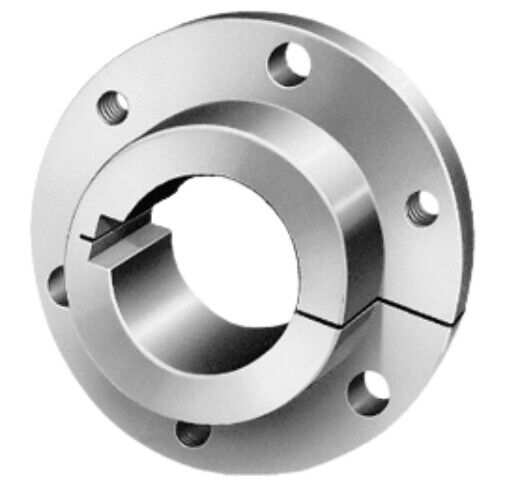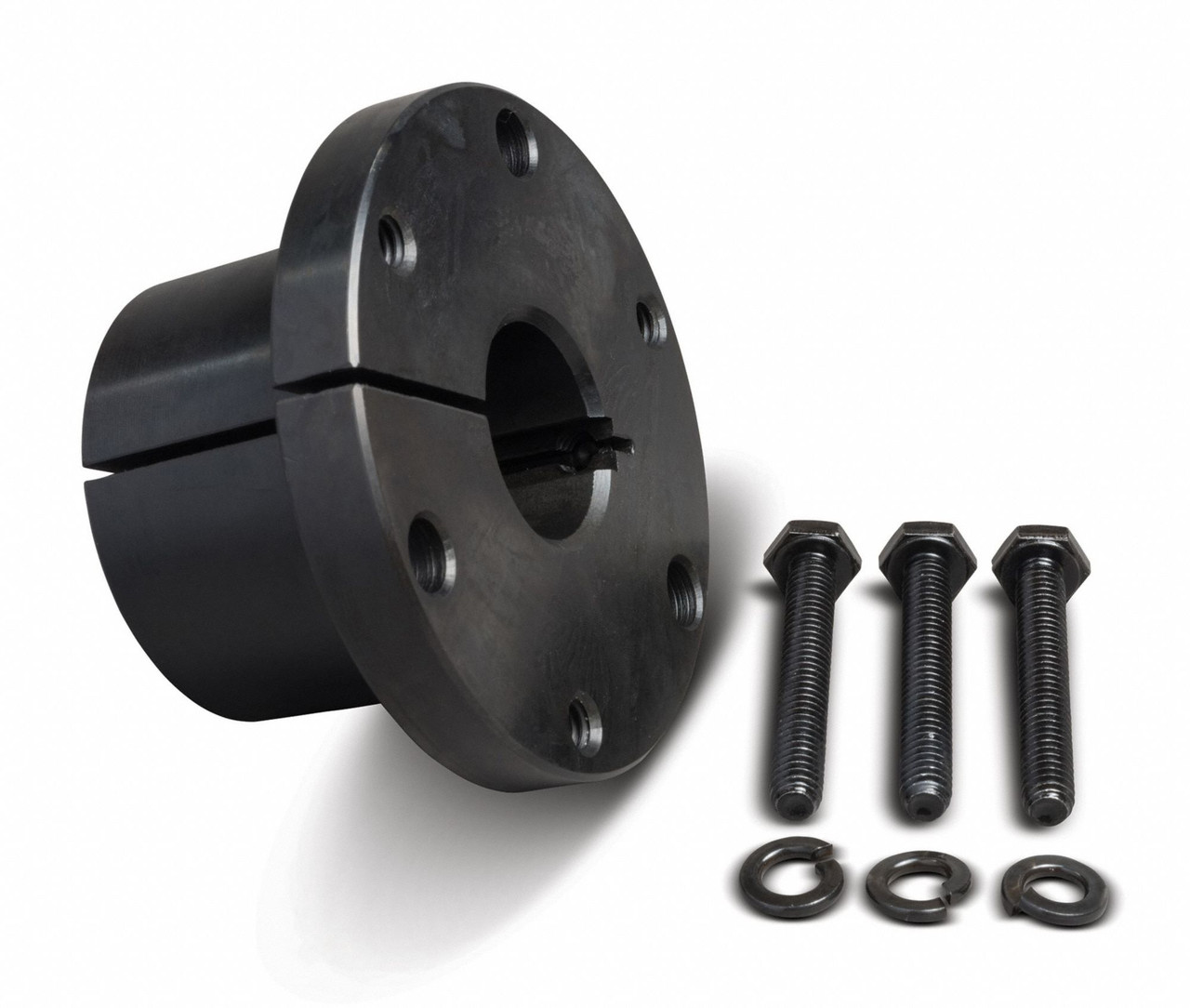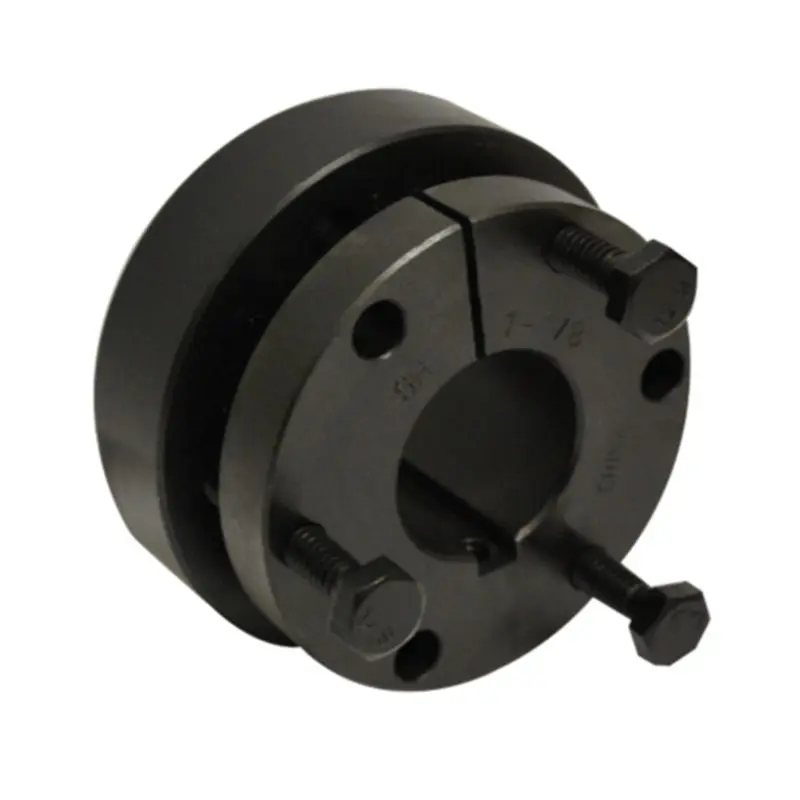
Can I find educational resources on the history and evolution of QD bushing technology?
If you are interested in learning about the history and evolution of QD (Quick Disconnect) bushing technology, there are educational resources available that can provide valuable insights. These resources can help you understand the development, advancements, and applications of QD bushings over time. Here are some avenues to explore:
- Manufacturer Websites: Some manufacturers of QD bushings provide educational resources on their websites. They may have sections dedicated to the history and evolution of their products, including QD bushings. These resources can include articles, whitepapers, or technical documentation that discuss the development of QD bushing technology and its various iterations. Visiting the websites of reputable manufacturers in the power transmission industry can provide you with valuable information.
- Industry Publications and Magazines: Trade publications and industry magazines often feature articles and case studies that delve into the historical aspects of industrial technologies. Publications such as Mechanical Engineering, Machine Design, or Power Transmission Engineering may cover topics related to QD bushing technology. Exploring their archives or conducting targeted searches can help you find informative articles on the subject.
- Engineering Books and Textbooks: Engineering books and textbooks on mechanical power transmission, machine design, or industrial components may contain chapters or sections dedicated to QD bushings. These resources can provide in-depth explanations of the technology’s history, design principles, and applications. Searching for relevant books in libraries, online bookstores, or academic databases can help you access comprehensive educational material.
- Technical Forums and Online Communities: Online technical forums and communities, such as engineering forums or mechanical engineering subreddits, can be valuable sources for discussions on the history and evolution of QD bushing technology. Engaging with professionals, engineers, and enthusiasts in these communities can provide you with insights, personal experiences, and references to further educational resources.
- Academic Research Papers: Academic research papers and journals in the fields of mechanical engineering, industrial engineering, or power transmission may contain studies or analyses related to QD bushing technology. Platforms like IEEE Xplore, Google Scholar, or academic databases provided by universities or research institutions can help you find scholarly articles that explore the historical aspects, design improvements, or performance evaluations of QD bushings.
When exploring these educational resources, it’s important to critically evaluate the information and cross-reference it with multiple sources. The history and evolution of QD bushing technology may vary depending on the specific manufacturer, region, or application. By gathering information from various reputable sources, you can develop a comprehensive understanding of the subject.
By utilizing these educational resources, you can gain knowledge about the history and evolution of QD bushing technology, enabling you to appreciate the advancements and applications of this important component in the field of mechanical power transmission.

What are the common materials used in the construction of QD bushings, and how do they affect performance?
QD (Quick Disconnect) bushings are available in various materials, each with its own characteristics that can impact performance and suitability for specific applications. Here are some common materials used in the construction of QD bushings and their effects on performance:
- Steel: Steel is a widely used material in QD bushings due to its excellent strength and durability. Steel QD bushings can handle high torque and load capacities, making them suitable for heavy-duty applications. They provide good resistance to wear and can withstand harsh operating conditions. Steel bushings are often coated or plated to enhance corrosion resistance.
- Stainless Steel: Stainless steel QD bushings offer similar strength and durability to steel bushings but with added corrosion resistance. They are particularly suitable for applications where exposure to moisture, chemicals, or corrosive environments is a concern. Stainless steel bushings are commonly used in industries such as food processing, pharmaceuticals, and marine applications.
- Cast Iron: Cast iron QD bushings are known for their excellent shock absorption and vibration damping properties. They can help reduce noise and minimize the transmission of vibrations in rotating equipment. Cast iron bushings are often used in applications where noise reduction and improved equipment performance are critical, such as in machinery and industrial equipment.
- Bronze: Bronze QD bushings offer good wear resistance and low friction properties. They are commonly used in applications where self-lubrication and reduced friction are essential, such as in conveyor systems and high-speed machinery. Bronze bushings also exhibit good resistance to corrosion and can operate in heavy load conditions.
- Plastic and Composite Materials: Certain QD bushings are made from plastic or composite materials, such as nylon or reinforced polymers. These bushings offer advantages such as lightweight construction, corrosion resistance, and low friction. Plastic bushings are often used in applications where quieter operation, non-conductivity, or chemical resistance is required. However, they may have lower load and torque capacities compared to metal bushings.
The choice of material for QD bushings depends on the specific requirements of the application. Factors such as load capacity, speed, environmental conditions, and the need for corrosion resistance or vibration damping influence material selection. It is important to consider these factors and refer to manufacturer specifications and recommendations when choosing the appropriate material for QD bushings.
Additionally, it is worth noting that the material of the QD bushing can affect the compatibility with the mating shaft material. Proper consideration should be given to ensure that the chosen bushing material is compatible with the shaft material to avoid issues such as galling, excessive wear, or galvanic corrosion.
By understanding the characteristics and effects of different materials used in QD bushings, you can select the most suitable material that aligns with your application’s requirements and enhances the overall performance and reliability of your mechanical system.

Where can I find reliable suppliers for QD bushings for industrial applications?
When looking for reliable suppliers of QD bushings for industrial applications, there are several avenues you can explore. Here are some options to consider:
- Manufacturer Websites: Many QD bushing manufacturers have official websites where they showcase their products and provide information about their capabilities. Visiting the websites of reputable manufacturers can give you access to detailed product catalogs, specifications, and technical resources. You can often find a list of authorized distributors or dealers on the manufacturer’s website.
- Industrial Directories: Online industrial directories can be a valuable resource for finding suppliers of QD bushings. Websites like Thomasnet, GlobalSpec, or Alibaba provide comprehensive listings of manufacturers, distributors, and suppliers in the industrial sector. These directories often include filters and search options to help you narrow down your search based on location, product type, or other specific criteria.
- Trade Shows and Exhibitions: Attending trade shows and exhibitions related to power transmission, mechanical engineering, or industrial equipment can provide opportunities to connect with QD bushing suppliers. These events often feature exhibits by manufacturers and distributors, allowing you to explore their product offerings, discuss your specific requirements, and establish direct contacts with potential suppliers.
- Industry Associations: Industry associations and organizations related to power transmission or mechanical engineering may have resources or directories that can help you find reliable suppliers of QD bushings. Examples include the Power Transmission Distributors Association (PTDA) or the American Gear Manufacturers Association (AGMA). These associations often have member directories or supplier listings that can be a valuable source of information.
- Professional Networks: Leveraging your professional network can be an effective way to find reliable suppliers. Reach out to colleagues, industry peers, or professionals in the mechanical engineering field and ask for recommendations or referrals. They may have firsthand experience working with specific suppliers or be aware of reputable companies that specialize in QD bushings.
When evaluating potential suppliers, it’s important to consider factors such as their reputation, experience in the industry, product quality, customer reviews, and after-sales service. Requesting samples, obtaining quotes, and comparing offerings from multiple suppliers can help you make an informed decision.
By utilizing these resources and conducting thorough research, you can find reliable suppliers of QD bushings for your industrial applications. It’s always recommended to establish a relationship with trusted suppliers who can provide high-quality products and reliable support to meet your specific needs.


editor by CX 2024-04-13